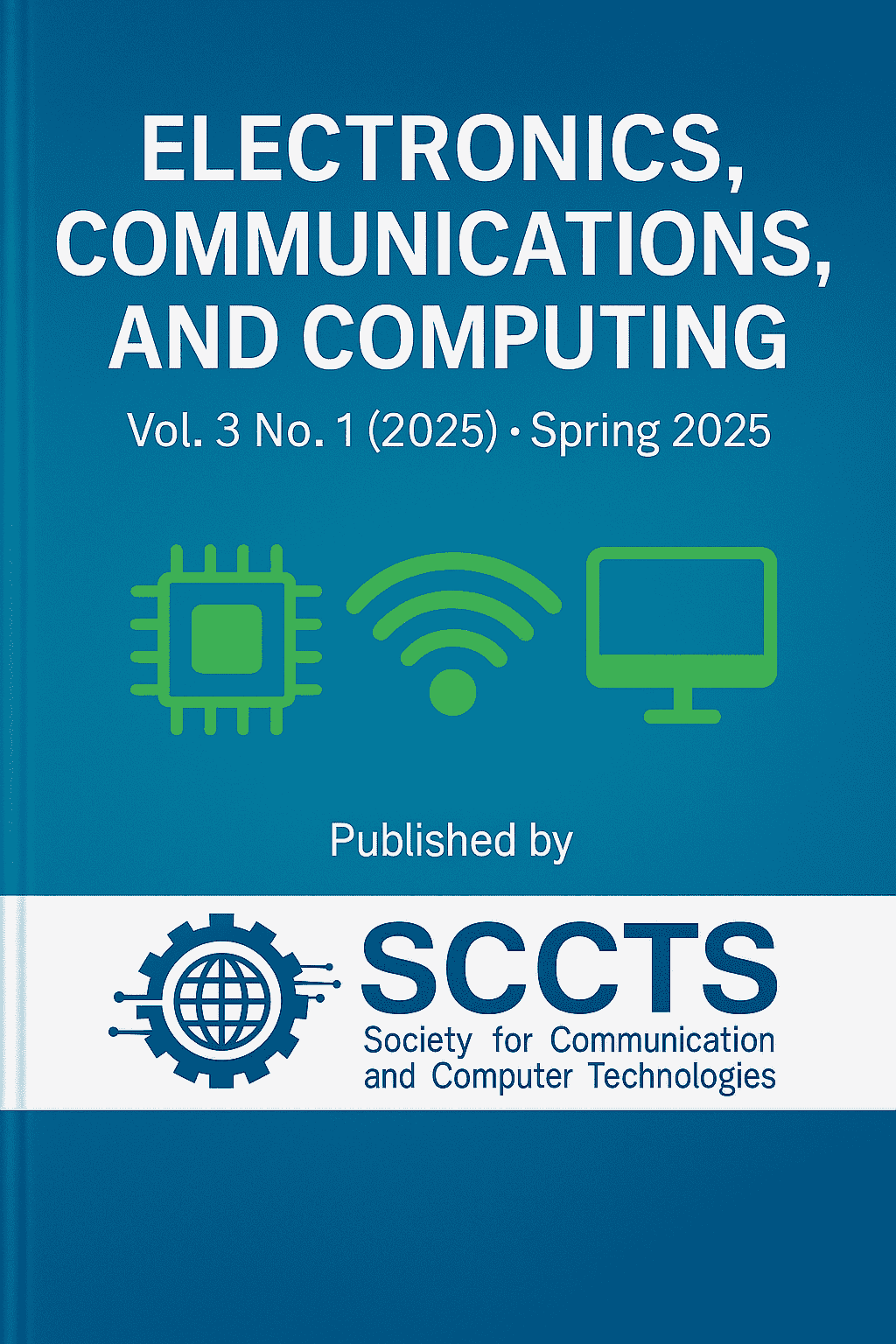Quantum-Inspired Algorithms for Signal Processing in Next Gen Wireless Sensors
Keywords:
Quantum-Inspired Computing, Signal Processing, Wireless Sensor Networks, Compressive Sensing, Quantum Walk, Anomaly Detection, Low-Power Devices, Embedded AI, Grover’s Algorithm, Edge IntelligenceAbstract
The next-generation wireless sensor networks (WSN) applications related to the 6G communication, smart structural monitoring, and Internet of Things (IoT) require very efficient, low-latency, and energy-efficient signal processing patterns. The current methods of digital signal processing (DSP), although having the capabilities of accomplishing well in terms of resources, fail to achieve the set parameters involving computation and power consumption and resource requirements of autonomous battery-powered sensor nodes that are distributed. In solving this important problem, this project presents a quantum-inspired framework of signal processing (QISP) that implements the key concepts underlying quantum computation, in terms of superposition, amplitude amplification, and entanglement-inspired correlation modeling, into classical embedded systems. The three key algorithmic elements in the proposed QISP framework include the QISP-Denoise, which combines the concepts of amplitude amplification using Grover-like algorithm to clarify the signals; QISP-Transform, which employs the use of sparse-based compressive sensing to reduce the dimensionality of the data, and finally the QISP-Detect which employs quantum walk based filters to detect anomalies and events. They are run on a resource-bounded ARM Cortex-M-style microcontroller simulator, and tested with real biomedical and environmental data sets. The framework brings about impressive gain in the denoising accuracy, compression efficacy, and localization of anomalies with less amount of efficiency, low computation latency and power consumption. This experimentation shows that the QISP framework out buying a ticket online performs traditional DSP and AI-based approaches in terms of signal-to-noise ratio (SNR), mean squared error (MSE), and classification accuracy, all within an energy envelope that can be deployed long-term in a WSN. In addition, QISP is very insensitive to noise and sensing environment variability, which makes it applicable in the brown field fields of dynamic real time sensing like in wearable medical monitoring, smart grids, and structural health monitoring. Bringing the quantum-inspired paradigm into the system in the form of quantum-inspired accelerators is a scalable, affordable strategy to increasing intelligence in embedded edge devices. Such work can be seen as ground zero to the practical application of quantum-classical mixed models to intelligent sensing in resource-limited environments and bring quantum theory and the next generation of wireless sensors together.



